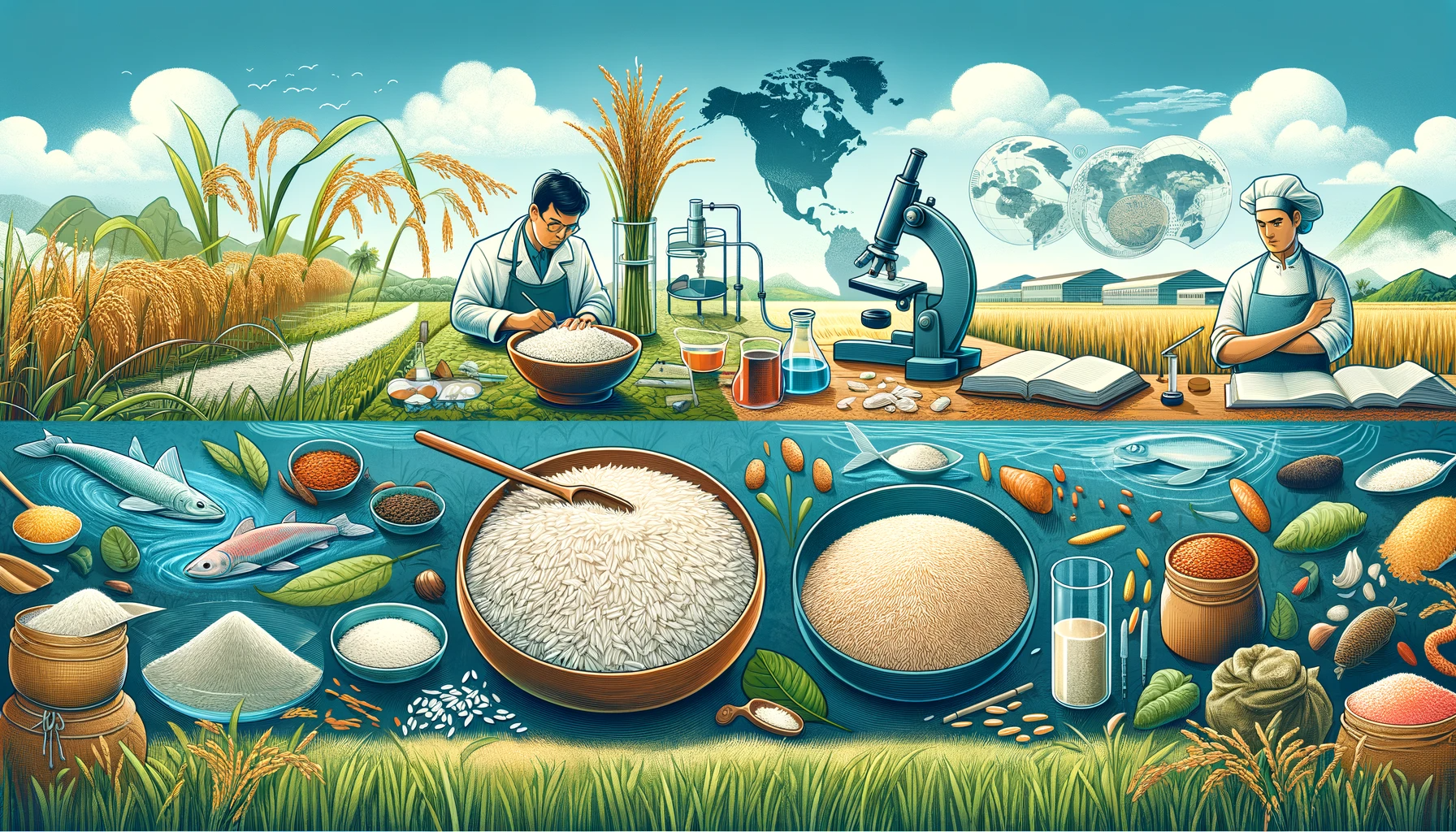Introduction
Rice is a staple food for billions of people worldwide, providing sustenance to a significant portion of the global population. However, the future of rice farming faces multiple challenges, including environmental concerns and the need to meet the growing demand for rice. In this article, we will explore sustainable practices and innovative ingredients that are shaping the future of rice farming.
The Current State of Rice Farming
1. Conventional Farming Practices
Traditional rice farming methods often involve heavy use of water, pesticides, and chemical fertilizers. These practices have raised concerns about their long-term sustainability and environmental impact.
2. Environmental Concerns
The excessive use of water in rice cultivation has led to water scarcity issues in many regions. Moreover, pesticide and fertilizer runoff can pollute water bodies and harm aquatic ecosystems. Addressing these concerns is crucial for the future of rice farming.
Sustainable Practices in Rice Farming
1. Organic Farming
Organic rice farming is gaining popularity as a sustainable alternative. It focuses on natural pest control, composting, and reduced water usage. Organic rice is free from harmful chemicals and is better for the environment.
2. System of Rice Intensification (SRI)
SRI is a set of innovative farming practices that maximize yield while minimizing resource use. It involves transplanting young rice seedlings, reducing water requirements, and improving soil health.
3. Climate-Smart Agriculture
Adopting climate-smart agriculture techniques can help rice farmers adapt to changing weather patterns. This includes using drought-tolerant rice varieties and optimizing planting times.
Innovative Ingredients in Rice Farming
1. Nutrient-Rich Varieties
Scientists are developing nutrient-rich rice varieties to combat malnutrition. These rice varieties are enriched with essential vitamins and minerals, offering a healthier food option.
2. Genetic Modification
Genetic modification allows scientists to create rice varieties with increased resistance to pests and diseases, reducing the need for chemical pesticides.
3. Sustainable Farming Technologies
Emerging technologies, such as precision farming and drone technology, enable farmers to monitor and manage their rice fields more efficiently. These tools can help reduce resource usage and improve yields.
The Role of AI in Rice Farming
1. Predictive Analytics
Artificial intelligence is being used to analyze weather data, predict disease outbreaks, and optimize planting schedules. This helps farmers make informed decisions and reduce risks.
2. Farm Automation
AI-powered machines and robots are revolutionizing rice farming. They can perform tasks like planting, harvesting, and weeding more efficiently than manual labor.
3. Data-Driven Insights
AI systems can collect and analyze data from sensors placed in rice fields, providing valuable insights for optimizing irrigation, fertilization, and pest control.
Conclusion
The future of rice farming lies in sustainable practices and innovative ingredients. By adopting organic farming methods, climate-smart agriculture, and incorporating nutrient-rich rice varieties, we can address environmental concerns and provide healthier food options. Furthermore, the integration of AI and automation technologies is transforming the way we cultivate rice, making it more efficient and sustainable. As we move forward, it is essential to prioritize these advancements to ensure a prosperous and sustainable future for rice farming.
